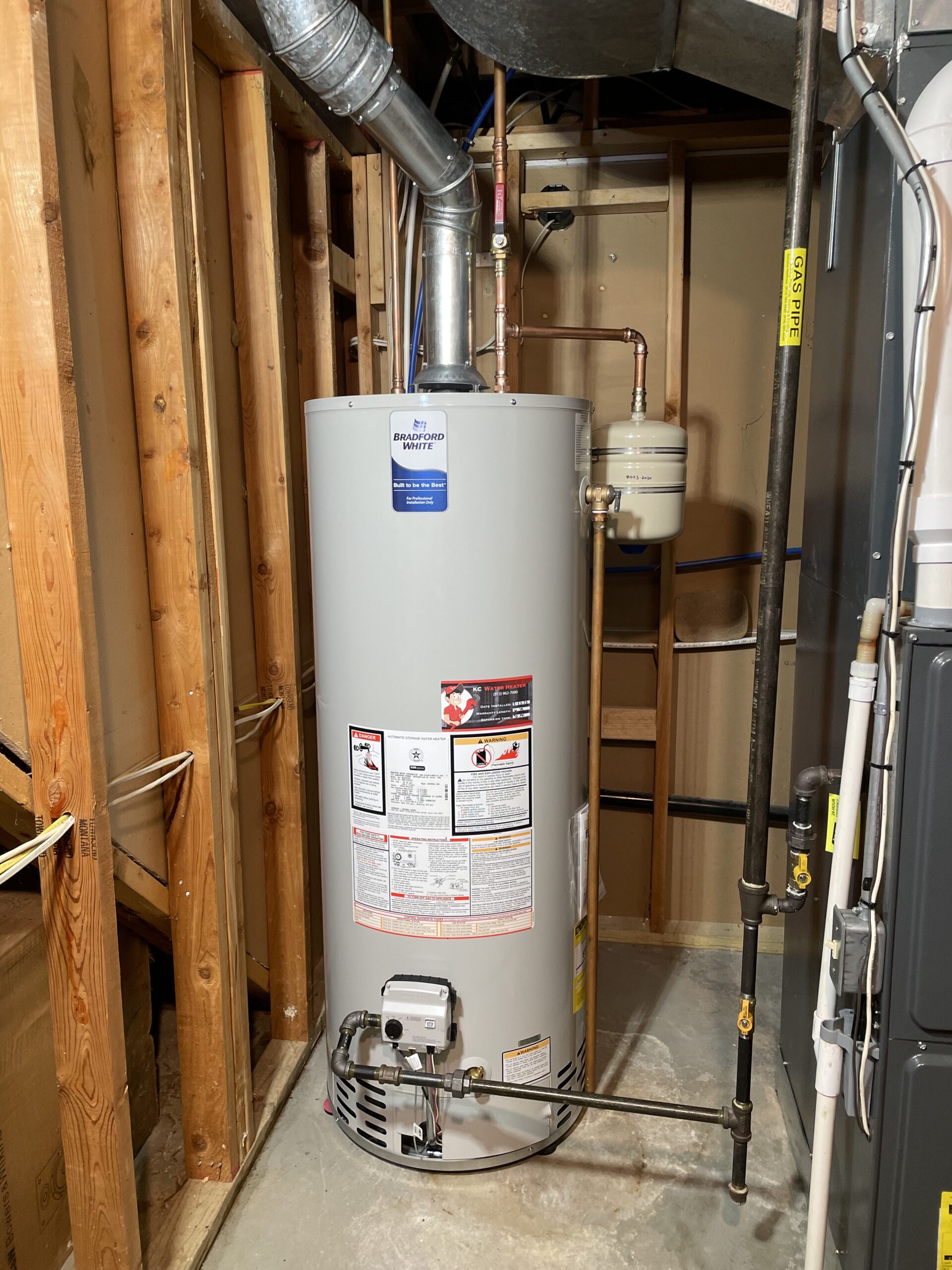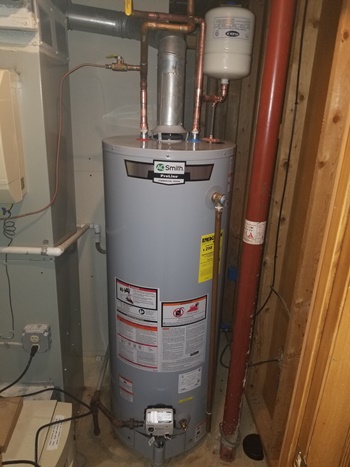Best Methods to Maintain Your Home's Hot Water System Effectively
Best Methods to Maintain Your Home's Hot Water System Effectively
Blog Article
Just how do you feel on the subject of What Kind of Maintenance Do Water Heaters Need??

Warm water is important for everyday convenience, whether it's for a refreshing shower or washing recipes. To ensure your hot water system runs successfully and lasts much longer, regular upkeep is vital. This article offers functional pointers and understandings on exactly how to preserve your home's warm water system to avoid disruptions and costly repair services.
Intro
Preserving your home's hot water system could appear daunting, but with a few simple steps, you can ensure it operates efficiently for several years to come. This overview covers whatever from understanding your hot water system to do it yourself maintenance pointers and recognizing when to call in specialist aid.
Value of Keeping Your Hot Water System
Routine maintenance not only expands the life expectancy of your warm water system yet also guarantees it operates successfully. Disregarding upkeep can lead to decreased efficiency, greater energy costs, and even early failure of the system.
Indications Your Hot Water System Demands Maintenance
Knowing when your warm water system needs focus can avoid significant issues. Keep an eye out for signs such as irregular water temperature level, unusual sounds from the heater, or rustic water.
Recognizing Your Hot Water System
Before diving into upkeep jobs, it's handy to recognize the fundamental components of your hot water system. Typically, this consists of the water heater itself, pipelines, anode poles, and temperature controls.
Month-to-month Maintenance Tasks
Regular regular monthly checks can help capture minor concerns before they rise.
Flushing the Hot Water Heater
Flushing your water heater eliminates sediment accumulation, enhancing efficiency and extending its life.
Checking and Replacing Anode Rods
Anode poles avoid rust inside the tank. Inspecting and changing them when broken is vital.
Evaluating and Adjusting Temperature Level Settings
Readjusting the temperature setups guarantees optimum performance and safety and security.
DIY Tips for Upkeep
You can perform numerous maintenance tasks on your own to keep your warm water system in leading problem.
Looking for Leaks
Consistently evaluate pipelines and connections for leaks, as these can lead to water damages and greater bills.
Testing Stress Alleviation Valves
Evaluating the stress safety valve ensures it functions correctly and prevents extreme stress accumulation.
Protecting Pipelines
Insulating hot water pipelines lowers warmth loss and can save energy.
When to Call an Expert
While DIY maintenance is helpful, some concerns need expert expertise.
Complex Problems Needing Specialist Help
Instances include major leaks, electrical problems, or if your water heater is constantly underperforming.
Regular Specialist Maintenance Advantages
Expert maintenance can consist of extensive examinations, tune-ups, and making sure conformity with safety criteria.
Final thought
Regular upkeep of your home's warm water system is crucial for performance, longevity, and cost savings. By adhering to these suggestions and understanding when to seek expert assistance, you can make sure a trusted supply of hot water without unforeseen disturbances.
How to Maintain an Instant Hot Water Heater
Before tinkering with your hot water heater, make sure that it’s not powered on. You also have to turn off the main circuit breaker and shut off the main gas line to prevent accidents. Also turn off the water valves connected to your unit to prevent water from flowing into and out of the appliance. 2. When you’re done, you have to detach the purge valves’ caps. These look like the letter “T†and are situated on either side of the water valves. Doing so will release any pressure that has accumulated inside the valves while at the same time avoid hot water from shooting out and burning your skin. 3. When the purge valves’ caps are removed, you have to connect your hosing lines to the valves. Your unit should have come with three hoses but if it didn’t, you can purchase these things from any hardware or home repair shops. You can also get them from retail stores that sell water heating systems. Read the user’s manual and follow it to complete this task properly. When the hosing lines are connected, open the purge port’s valves. 4. You should never use harsh chemical cleaners or solutions when cleaning your unit. Make use of white vinegar instead. It should be undiluted and you’ll probably use about 2 gallons. 5. Now flush your water heater. This task should probably take about 40 minutes. We can’t give you specific directions for this because the procedure is carried out depending on the type, model and brand of your heater. With that being said, refer to the user’s manual. 6. When you’re done draining the unit, you have to turn off the purge port valves again. Remove the hosing lines that you earlier installed on each of the water valves. Put the valve caps (purge port) back in their respective places and be very careful so as not to damage the rubber discs that are found inside these caps. 7. Now that everything’s back in place, check your user’s manual again to find out how to reactivate your water heating system. 8. Once it is working, turn one of your hot water faucets on just to let air pass through the heater’s water supply pipes. Leave the tap on until water flows smoothly out of it. https://www.orrplumbing.com/blog/2014/september/how-to-maintain-an-instant-hot-water-heater/

We had been brought to that editorial on How to Maintain a Hot Water Heater in a Few Simple Steps through a buddy on another domain. Do you know about another person who is enthusiastic about the topic? Take a moment to share it. Thanks a lot for being here. Kindly stop by our website back soon.
Click Here To Find Out More Report this page